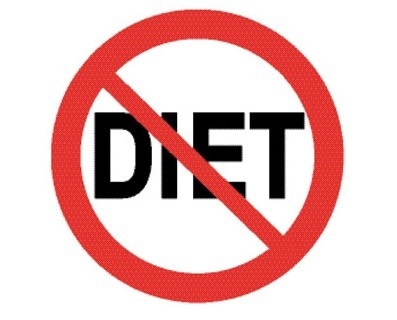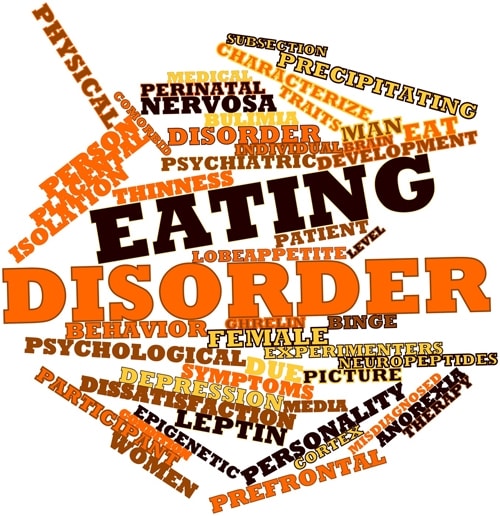Were you aware that as many as 10 million women and girls suffer from anorexia and/or bulimia, in the United States alone? Additionally, another 25 million people in the U.S. struggle with binge eating disorders. The statistics are alarming. However, what is even more surprising is how few of these women seek out professional treatment, and how good those that suffer from eating disorders are at hiding their affliction.

Self-injury is defined as the intentional, direct injury of body tissue without suicidal intent. The most common form of self-harm involves cutting on the skin using a sharp object and is becoming more prevalent in the U.S., especially in those with eating disorders. In fact, in the most general sense of the term, eating disorders are a form of self-harm to a female’s own health and body.

Contrary to what many people believe, eating disorders afflict women of all ages, not just teenagers and young adults. This is particularly concerning because while the symptoms of eating disorders in older women are not very different from eating disorders found in younger women, the causes and triggers can be dramatically different.

Today, May 6, is one of The Meadows Ranch’ favorite days – it’s “International No Diet Day.” It is a day to celebrate because it is dedicated to promoting a healthy lifestyle and body acceptance. This day also raises awareness of the potential dangers of eating disorders and diets.
Many eating disorders begin with individuals who are overweight, or perceive themselves to be overweight, and are striving to get healthy by dieting. While there are diets prescribed for medical reasons, such as those for diabetics, most people relate the term ‘diet’ to a short-term, highly restrictive program designed for maximum weight loss in the shortest timeframe.

Most people are familiar with Anorexia and Bulimia; however, there are a few others forms of eating disorders as well. Eating disorders are conditions defined by abnormal eating habits that may involve either insufficient or excessive food intake to the detriment of an individual’s physical and mental health.
There are many causes of eating disorders, including biological, psychological and/or environmental abnormalities. Many people with eating disorders suffer also from body dysmorphic disorder, altering the way a person sees himself or herself. There are also many other possibilities such as environmental, social and interpersonal issues that could promote and sustain these illnesses.

